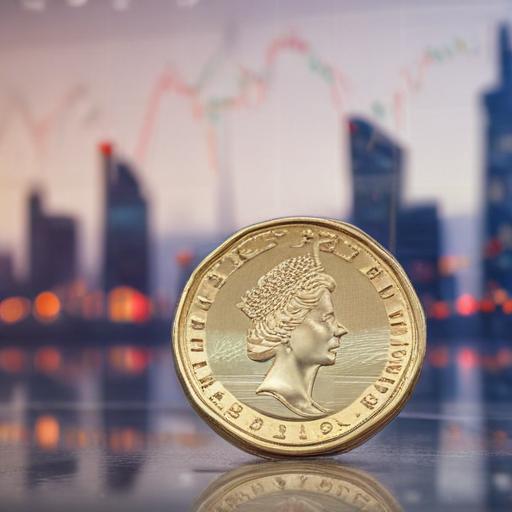Inflation in the UK surged unexpectedly to 3.5% in April, marking its highest level in over a year, largely due to substantial increases in water bills, energy prices, and council tax. This rise has created significant pressure on businesses, compounding the effects of higher employer national insurance contributions and an increase in the national minimum wage.
The consumer prices index (CPI), as reported by the Office for National Statistics, shows a stark contrast to the decline observed earlier in the year when inflation dropped to 2.6% in March. The latest figures revealed that power costs and utility services significantly contributed to this inflation spike, leading to April being labeled as “awful April” for consumers.
A spokesperson from the ONS highlighted that rising gas and electricity prices contributed to the inflation increase, following substantial price drops during the same period last year under the Ofgem energy price cap adjustments. Water and sewerage bills experienced their most rapid rise since privatisation, climbing by 26.1%, alongside a notable increase in vehicle excise duty.
With the inflation growth exceeding both City analysts’ and the Bank of England’s expectations — which had pegged inflation at 3.3% and 3.4%, respectively — there are indications that the Bank may postpone anticipated interest rate cuts. Monica George Michail, an economist at the National Institute of Economic and Social Research, projected that inflation might remain elevated in the coming months, influencing the central bank’s decisions.
The British Chambers of Commerce voiced their disappointment at the delayed interest rate cuts and warned that businesses are facing a “perfect storm” due to escalating costs and household bills, with over half of businesses surveyed anticipating price hikes in the near future.
However, some analysts have pointed out that falling oil prices might help alleviate some inflation pressures this year. They anticipate a moderate decrease in services inflation, projecting it to shift back from April’s level of 5.4% towards the 4.5% mark over the summer, potentially paving the way for gradual interest rate cuts through 2026.
Despite the challenges, UK officials, including Chancellor Rachel Reeves, remain optimistic about the broader economic picture compared to previous years of double-digit inflation. They are focused on measures to ease cost-of-living pressures for working families, with an ongoing commitment to putting more money back into people’s pockets.
Overall, while the recent jump in inflation presents challenges, it also highlights the resilience of the economy and the potential for recovery if positive adjustments to energy pricing trends continue.
